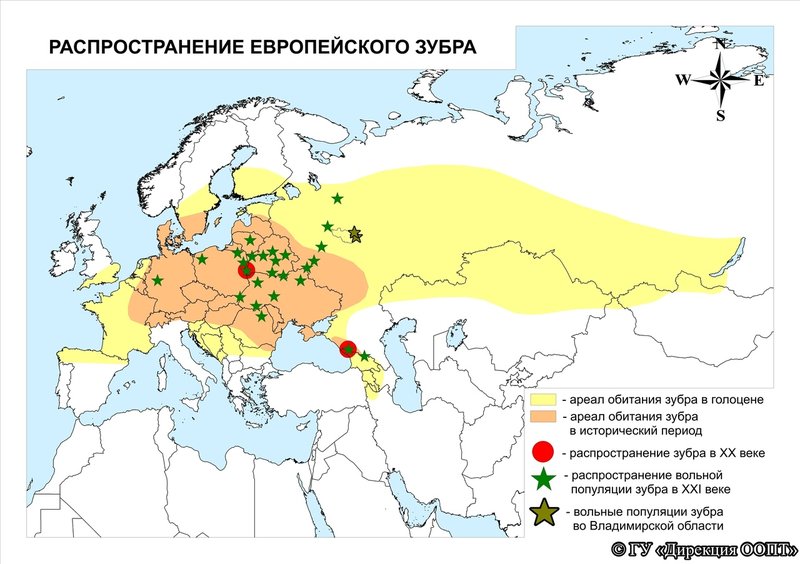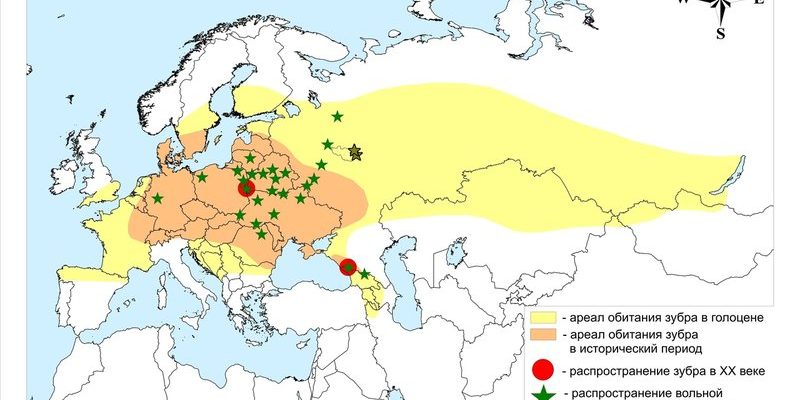
So, where exactly do these powerful herbivores call home today? Let’s take a leisurely stroll through their habitat and distribution, offering a closer look into their world. We’ll explore the regions they inhabit, their preferred environments, and how conservation efforts are helping them reclaim their place in the wild.
Historical Range of European Bisons
To understand where European bisons live today, we first need to backtrack a bit. Historically, these animals roamed across much of Europe. They were found in the old-growth forests from the British Isles to the steppes of Central Asia. Imagine it: vast landscapes filled with bisons grazing peacefully among ancient trees. Unfortunately, due to overhunting and habitat destruction, their numbers dwindled dramatically. By the early 20th century, they were nearly extinct.
Today, their historical range is but a shadow of what it once was. The remnant populations are now confined primarily to certain areas in Eastern and Central Europe. As we look closer at their present habitats, it’s clear that conservation efforts have played a key role in their survival and comeback.
Current Habitat of European Bisons
European bisons thrive in several types of habitats, although they have distinct preferences. They are often found in deciduous and mixed forests, where they can easily find food and shelter. These forests are rich in foliage, providing essential nourishment. Think of it as a buffet for these big herbivores!
They also enjoy meadows and grasslands, especially during the warmer months. These open areas give them plenty of room to roam and find fresh pasture. In winter, they adapt to colder climates by moving to areas with sufficient cover and food, such as snow-covered forests, where they dig through the snow to reach hidden vegetation.
You might be wondering how much space these gentle giants need. On average, a herd of European bisons will require large territories, often spanning several hundred acres, to sustain themselves adequately.
Key Regions Where European Bisons Live
Today, the European bison can primarily be found in a few key regions, which have become their safe havens.
- Białowieża Forest (Poland and Belarus): This UNESCO World Heritage site is a vital stronghold for European bisons. Here, they roam freely within ancient woodlands, making it one of the last primeval forests in Europe.
- Knyszyn Forest (Poland): Another important habitat, the Knyszyn Forest, has seen successful reintroduction efforts that have helped bolster bison numbers.
- Carpathian Mountains: Stretching across several countries, including Poland, Slovakia, and Romania, these mountains provide a diverse habitat where bisons can thrive.
- Germany and France: Various reserves in these countries have also become refuges for the European bison, ensuring they have a foothold in Western Europe.
These regions not only support the bison population but also serve as crucial areas for conservation and education about wildlife preservation.
Conservation Efforts and Reintroduction Programs
The tale of European bisons is intertwined with dedicated conservation efforts. After facing near extinction, various organizations and wildlife authorities have stepped up to ensure their survival. You might think of it as a team rallying together to bring back a beloved player who’s been off the field for too long.
Reintroduction programs have been pivotal. These initiatives often focus on releasing carefully monitored groups of bisons into protected areas. The process includes habitat assessment, population management, and sometimes even community engagement, as local residents often play a critical role in ensuring the bisons’ safety.
As a result, populations have stabilized, and in some areas, we’re even witnessing successful births and the growth of herds. It’s a hopeful sign that with enough care and attention, we can turn the tide for this magnificent species.
Challenges Facing European Bisons Today
Despite the progress, European bisons still face a number of challenges. One major concern is habitat fragmentation. As humans expand into natural areas for agriculture, homes, and infrastructure, bisons find their living spaces divided. It’s like trying to play an open game of tag in a series of increasingly small rooms—tough and limiting!
Additionally, climate change poses a threat to their habitats. Changes in weather patterns can affect the availability of food and water, making survival even more challenging for these gentle giants. They also face risks from diseases, which can spread more easily in confined populations.
Furthermore, human-wildlife conflict can occur when bisons wander into agricultural areas, leading to tensions between farmers and conservationists. It’s crucial for communities to find a balance that allows both people and wildlife to coexist.
Future of European Bisons
Looking forward, the future of European bisons is cautiously optimistic. Ongoing conservation efforts, combined with increased public awareness and interest in wildlife preservation, are paving the way for a more secure future.
It’s heartening to see that as people become more aware of the importance of biodiversity, they are more likely to support initiatives that protect not just bisons, but entire ecosystems. Whether it’s through creating more protected areas, supporting sustainable land use, or simply learning more about these animals, every effort counts.
In short, while the path ahead is not without obstacles, the combined work of conservationists, local communities, and wildlife enthusiasts can help ensure that European bisons continue to roam our forests and grasslands for generations to come.
In summary, the European bison’s story is one of resilience and renewal. From their historical range to current habitats, and the challenges they face today, it’s clear that these animals are a vital part of Europe’s natural heritage. Understanding where European bisons live helps us appreciate the importance of protecting their environment and ensuring their survival.
So next time you think about these majestic creatures, remember that they’re more than just animals in a forest—they’re symbols of hope for wildlife conservation and a reminder of the delicate balance we share with nature. Every step we take to protect their habitat can have a ripple effect, not just for bisons, but for all wildlife. Let’s continue to support the efforts that keep them thriving!

